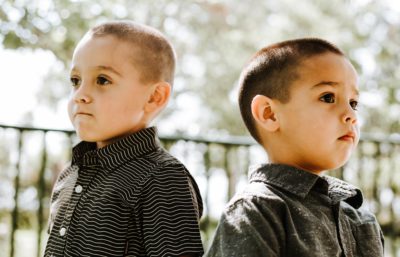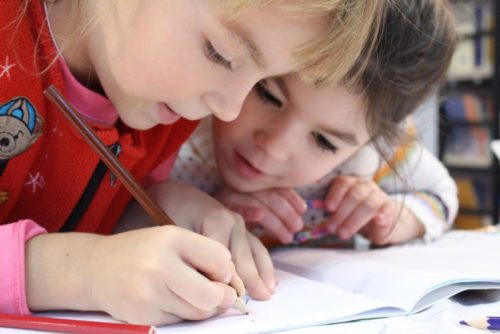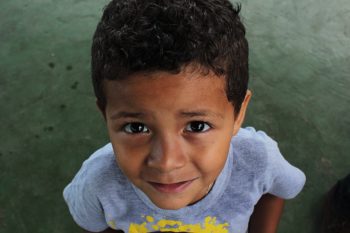
Is AI use in college helpful or harmful to students?
The use of artificial intelligence (AI) is becoming increasingly widespread throughout the education system, but there are mixed attitudes about whether or not it’s actually

The use of artificial intelligence (AI) is becoming increasingly widespread throughout the education system, but there are mixed attitudes about whether or not it’s actually

All educators are anxiously awaiting what this fall might look like. Some still aren’t sure if kids will be in the classroom or virtual—and things

Are you looking for tools to help kids/students with stress and trauma? Unfortunately, stress and trauma are common issues kids and teens must deal with

Laughter, running, jumping, being silly, twirling, smiling, creating—all are part of play and having fun! Instinctively, as parents and teachers, we know the importance of

Unfortunately, we live in a world where trauma happens. It might be a school shooting, a natural disaster, or a significant loss of a student,

Stress is a normal, unavoidable part of life. It’s actually good for a child to experience small amounts of manageable stress, such as frustration with

Tis that time of year again; teachers are trying not to think about going back to school—but, unfortunately, it’s creeping up on your horizon. There

I recently attended the Trauma Informed Schools Conference in St. Charles, MO, hosted by the Beyond Consequences Institute (a great trauma focused organization founded by

One of the most profound gifts I’ve witnessed while working with The Imagine Project is watching a child’s face and body language shift from despair




Join our community to get the latest tips, exclusive offers, and updates straight to your inbox. Don’t miss out—subscribe now and be the first to know!